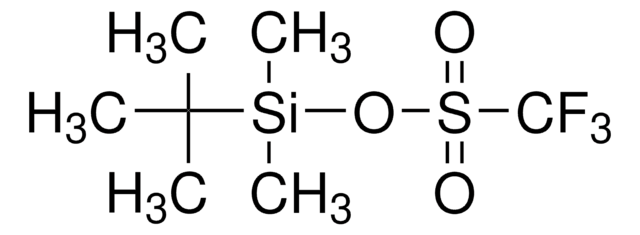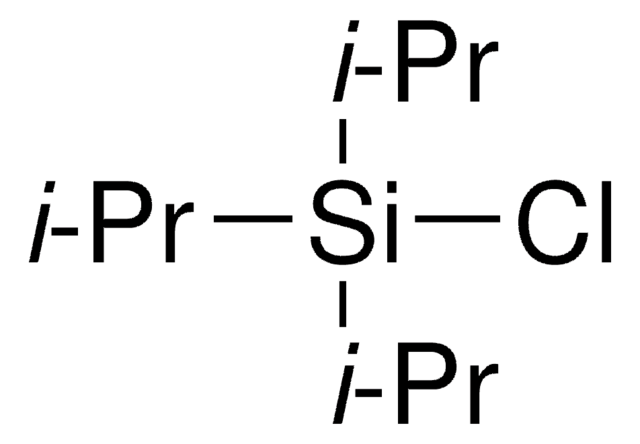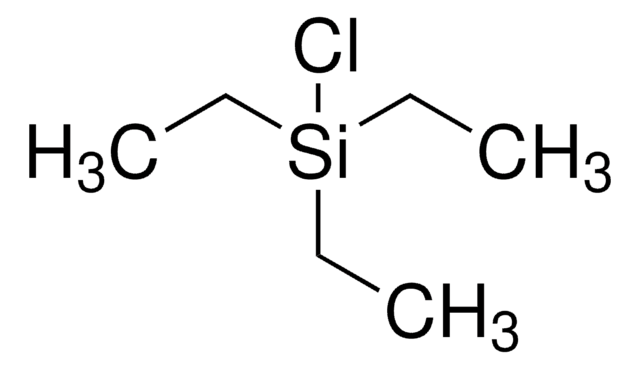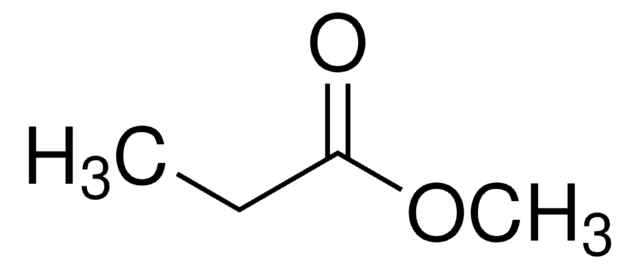Kluczowe dokumenty
259942
Methyl hexanoate
99%
Synonim(y):
Caproic acid methyl ester, Methyl caproate
About This Item
Polecane produkty
Poziom jakości
Próba
99%
Formularz
liquid
współczynnik refrakcji
n20/D 1.405 (lit.)
bp
151 °C (lit.)
mp
−71 °C (lit.)
rozpuszczalność
chloroform: soluble 100 mg/mL, clear
gęstość
0.885 g/mL at 25 °C (lit.)
grupa funkcyjna
ester
ciąg SMILES
CCCCCC(=O)OC
InChI
1S/C7H14O2/c1-3-4-5-6-7(8)9-2/h3-6H2,1-2H3
Klucz InChI
NUKZAGXMHTUAFE-UHFFFAOYSA-N
Szukasz podobnych produktów? Odwiedź Przewodnik dotyczący porównywania produktów
Powiązane kategorie
Opis ogólny
Zastosowanie
- Effect of fat nature and aroma compound hydrophobicity on flavor release from complex food emulsions.: This study examines how the type of fat and the hydrophobic nature of aroma compounds, including methyl hexanoate, affect flavor release in food emulsions. The findings highlight the importance of molecular interactions in designing food products with optimized flavor profiles. (Relkin et al., 2004).
Hasło ostrzegawcze
Warning
Zwroty wskazujące rodzaj zagrożenia
Zwroty wskazujące środki ostrożności
Klasyfikacja zagrożeń
Flam. Liq. 3
Kod klasy składowania
3 - Flammable liquids
Klasa zagrożenia wodnego (WGK)
WGK 3
Temperatura zapłonu (°F)
99.5 °F - closed cup
Temperatura zapłonu (°C)
37.5 °C - closed cup
Środki ochrony indywidualnej
Eyeshields, Faceshields, Gloves, type ABEK (EN14387) respirator filter
Wybierz jedną z najnowszych wersji:
Masz już ten produkt?
Dokumenty związane z niedawno zakupionymi produktami zostały zamieszczone w Bibliotece dokumentów.
Klienci oglądali również te produkty
Nasz zespół naukowców ma doświadczenie we wszystkich obszarach badań, w tym w naukach przyrodniczych, materiałoznawstwie, syntezie chemicznej, chromatografii, analityce i wielu innych dziedzinach.
Skontaktuj się z zespołem ds. pomocy technicznej












